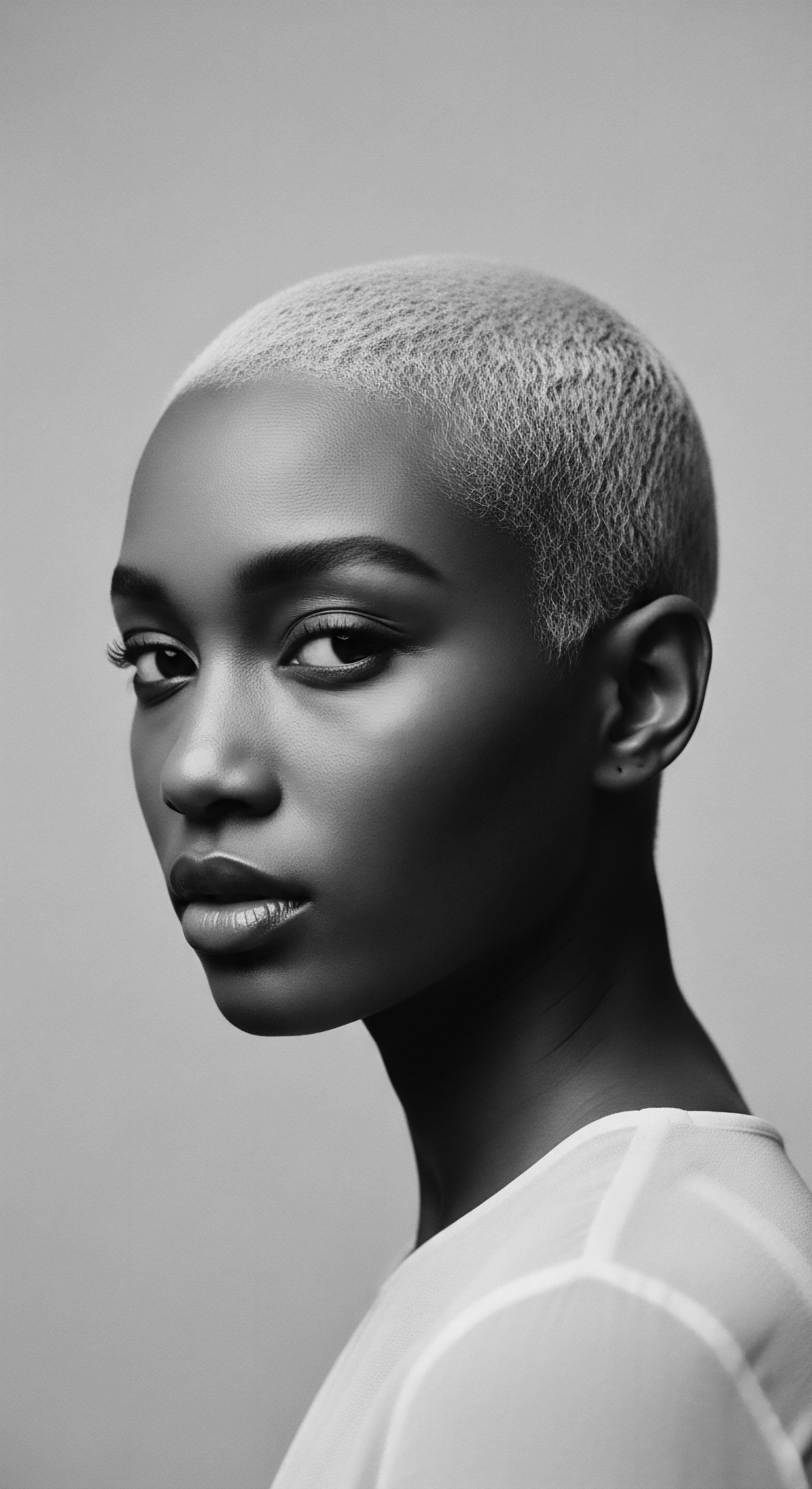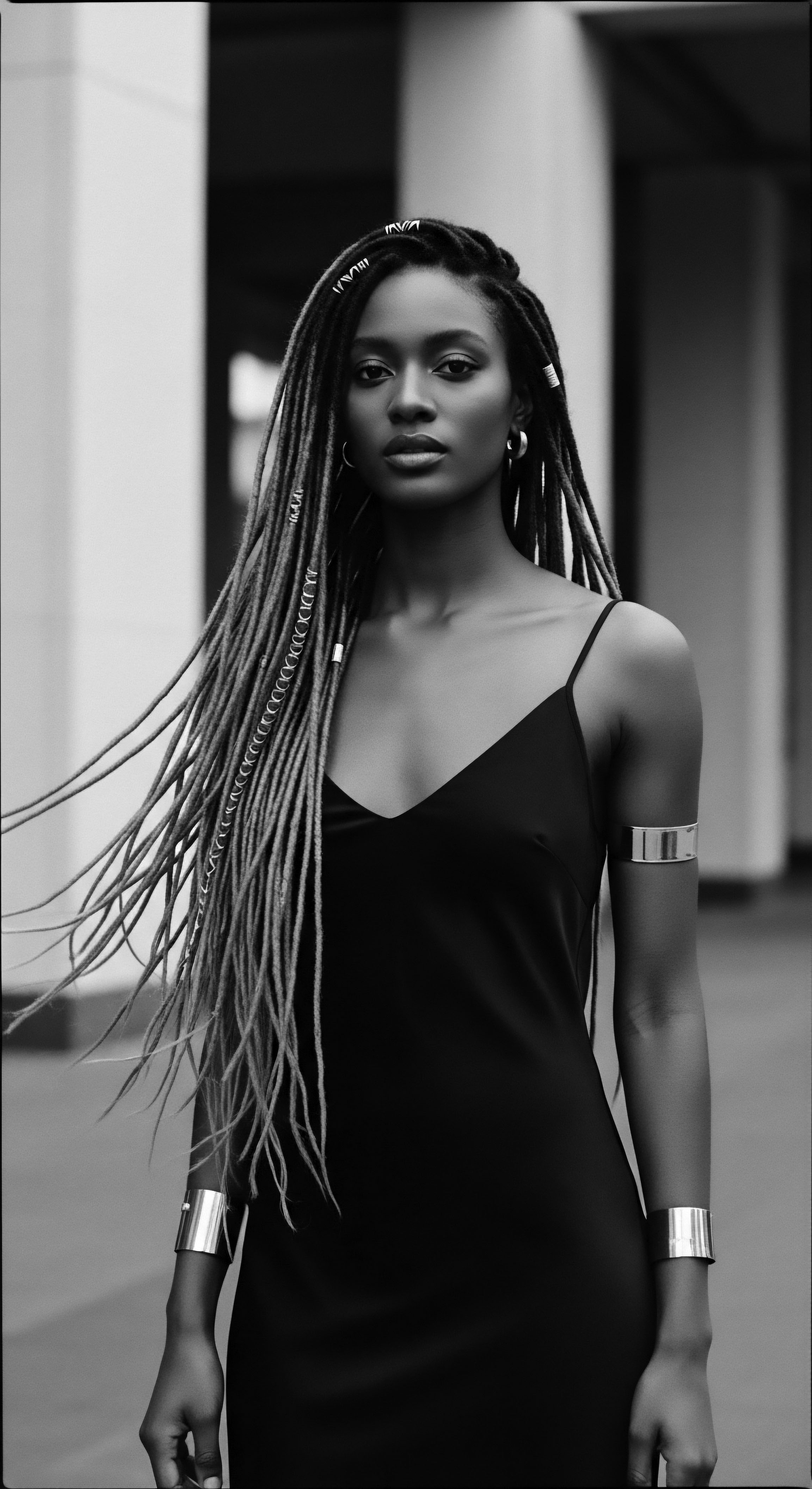
Which textiles protect textured hair at night?
Silk and satin textiles protect textured hair at night by reducing friction and preserving moisture, a practice with deep heritage in Black and mixed-race communities.
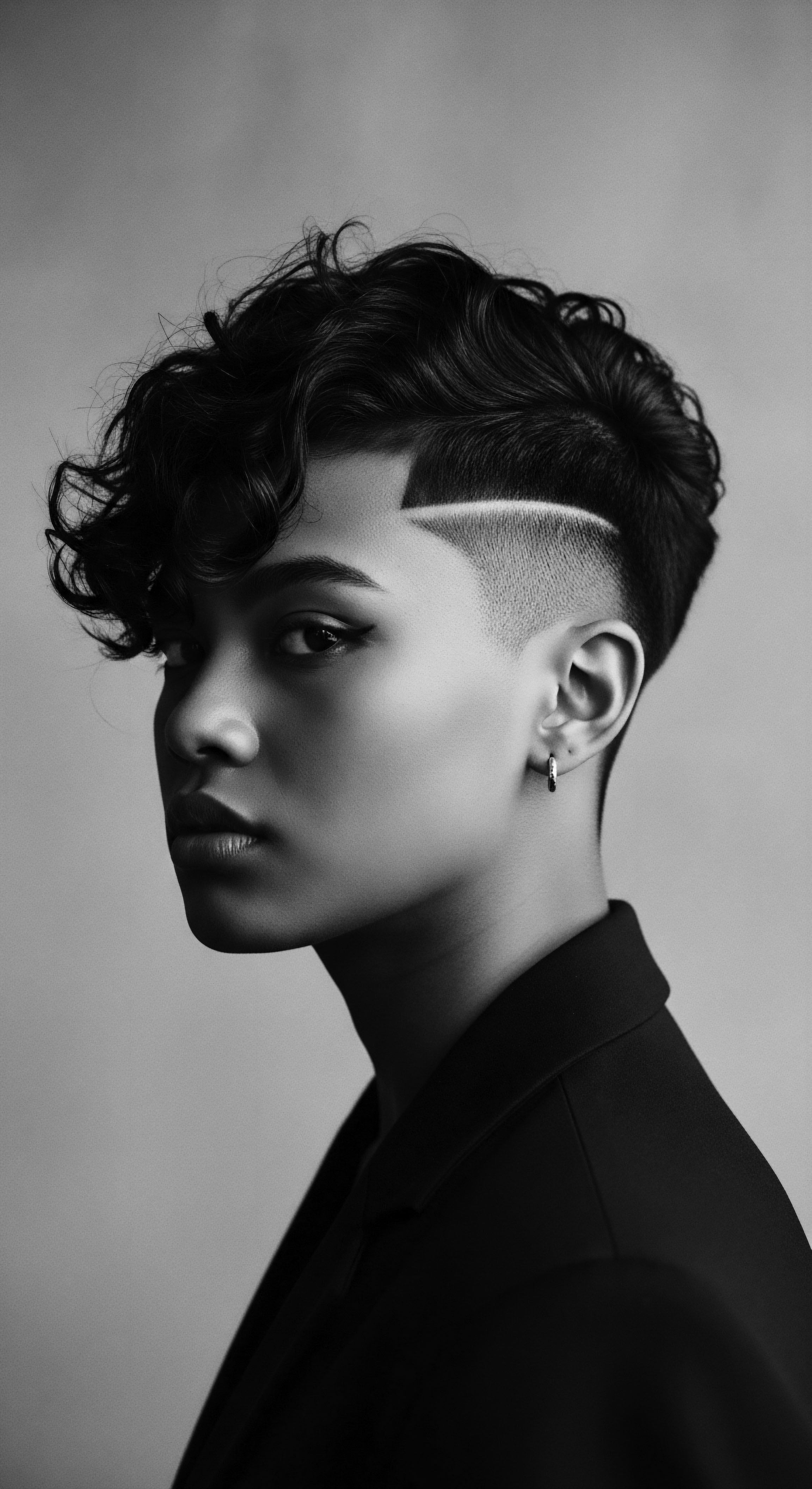
How does material friction affect textured hair’s overnight health?
Material friction against textured hair during sleep lifts protective cuticles, causing dryness, tangling, and breakage, a challenge long addressed by heritage care.
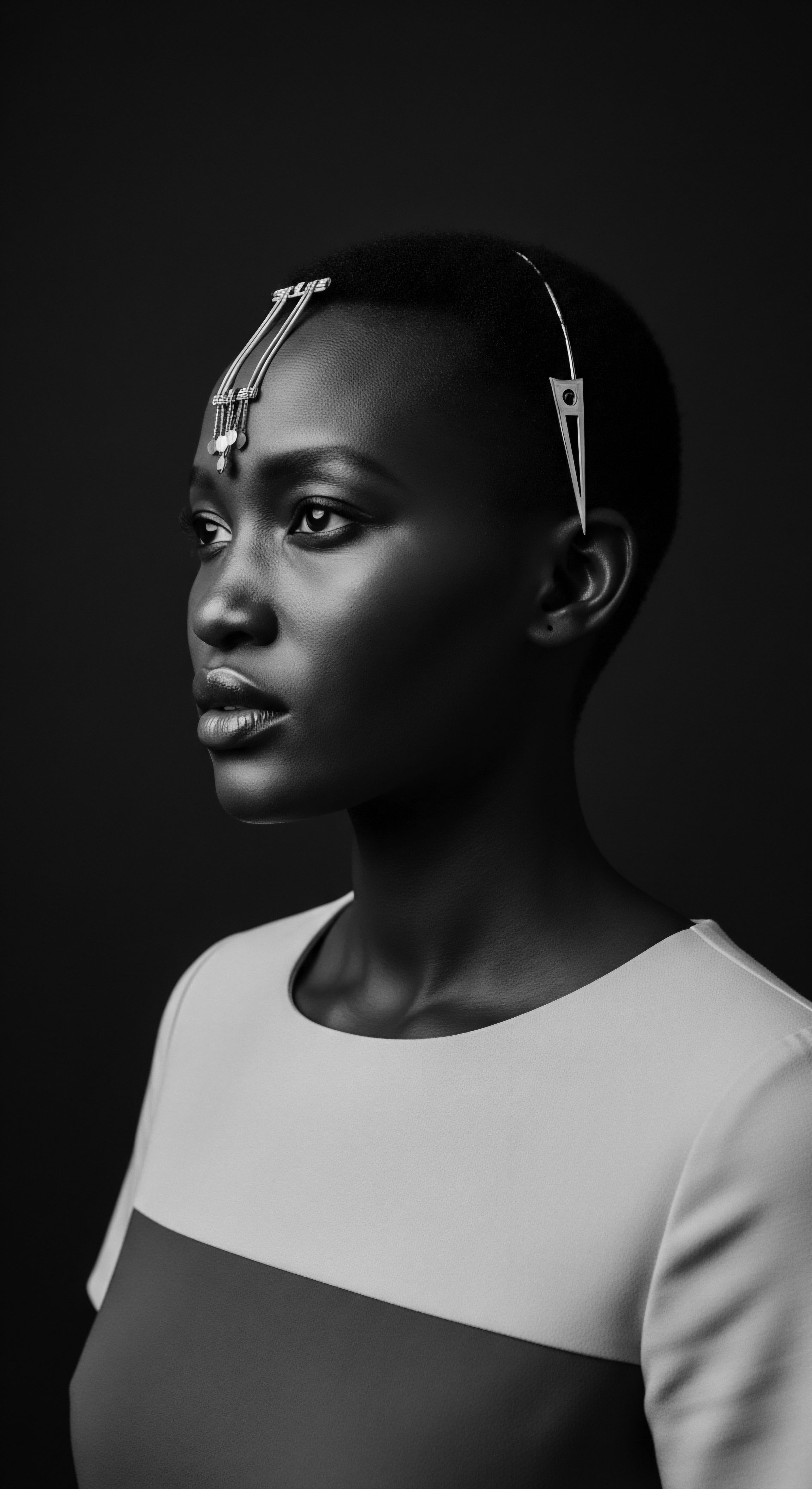
What historical practices preserve textured hair vitality during sleep?
Historical practices preserved textured hair vitality during sleep through protective styling and the use of smooth head coverings, deeply rooted in ancestral wisdom and cultural heritage.
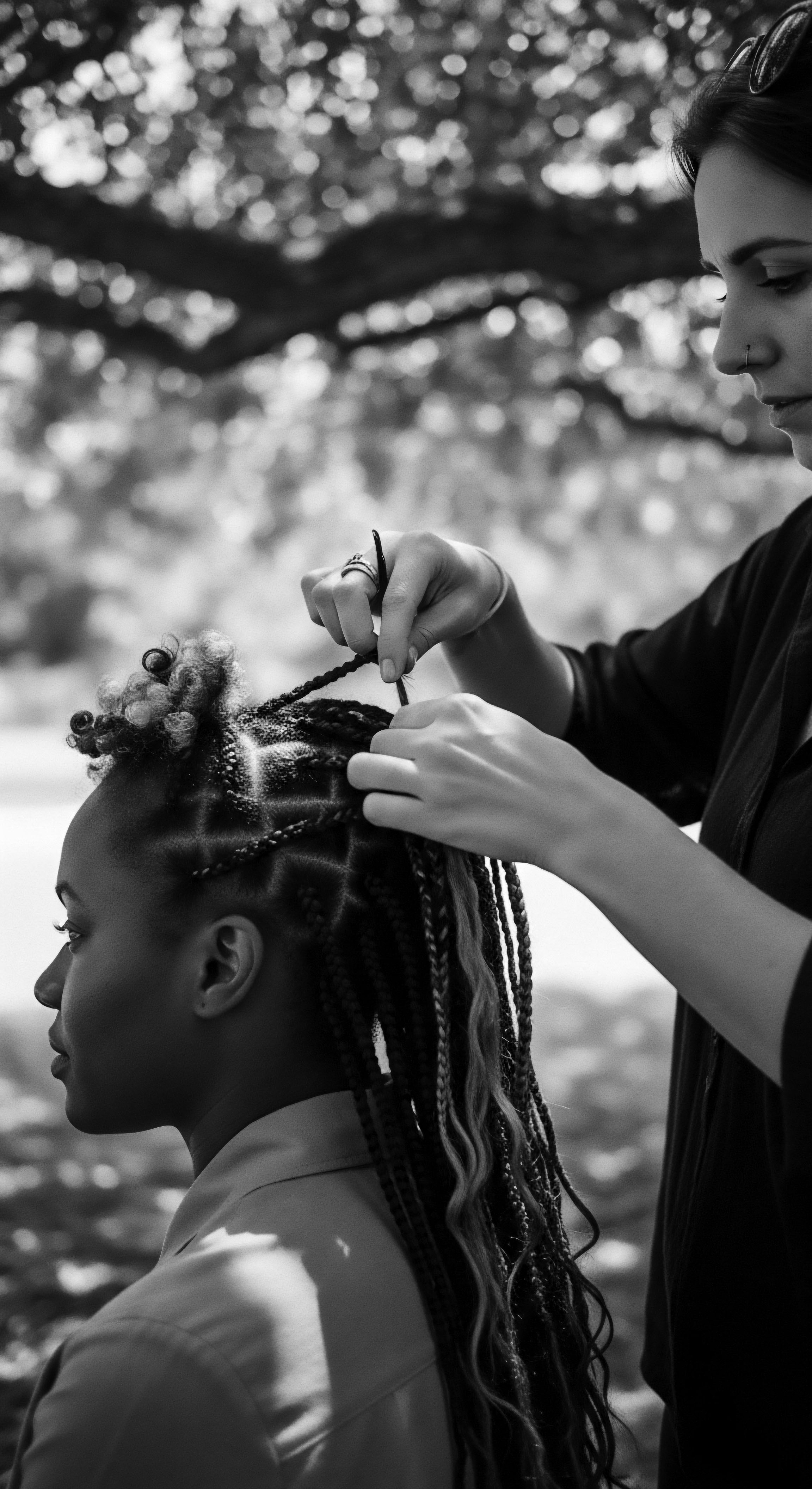
How does surface friction damage textured hair at night?
Surface friction at night causes cuticle damage and moisture loss in textured hair, a challenge addressed by centuries of protective heritage practices.
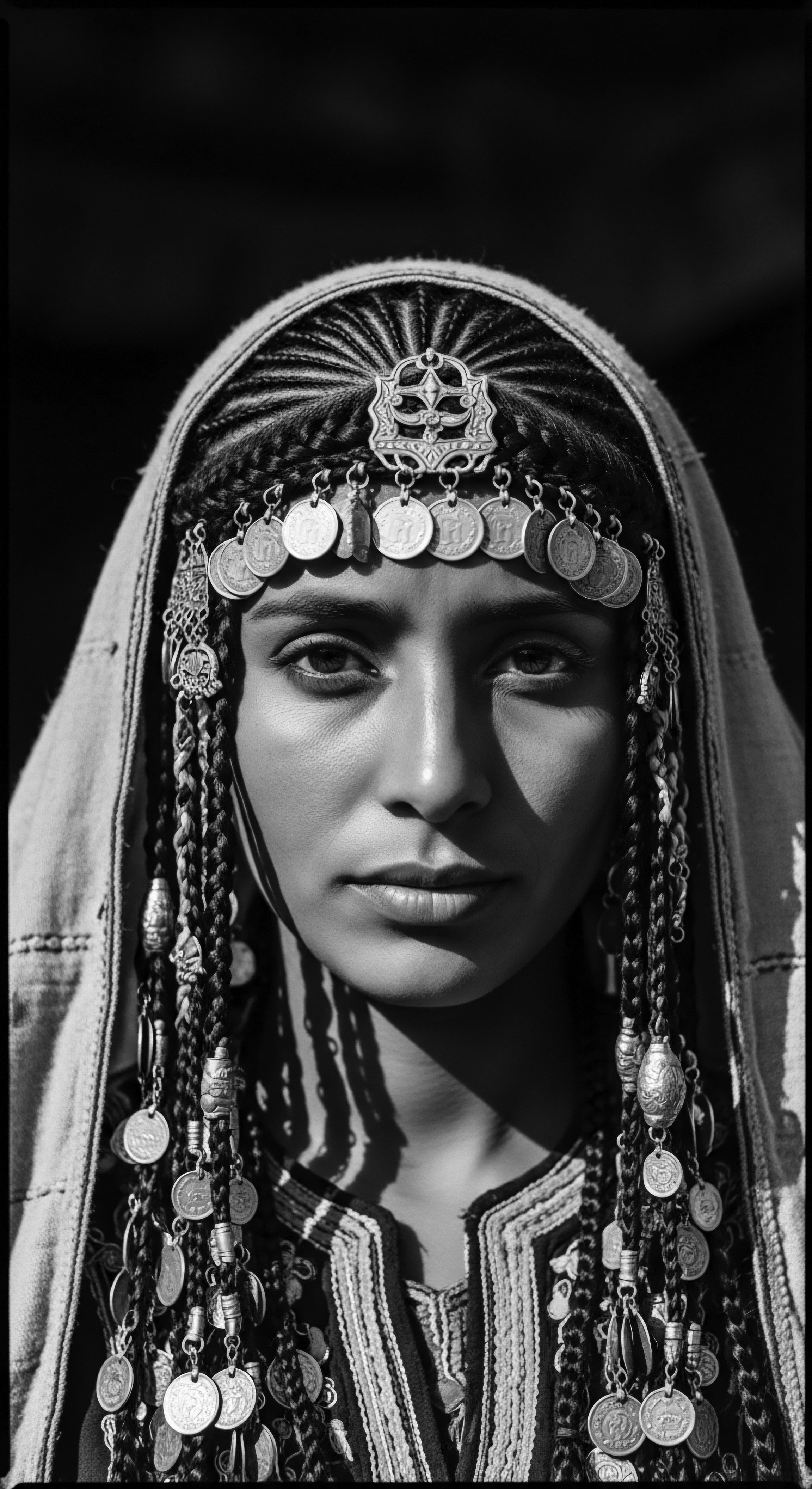
Why do textured hair types benefit from silk pillowcases?
A silk pillowcase provides a gentle, low-friction surface that shields textured hair from breakage and preserves its vital moisture, honoring ancestral protective practices.
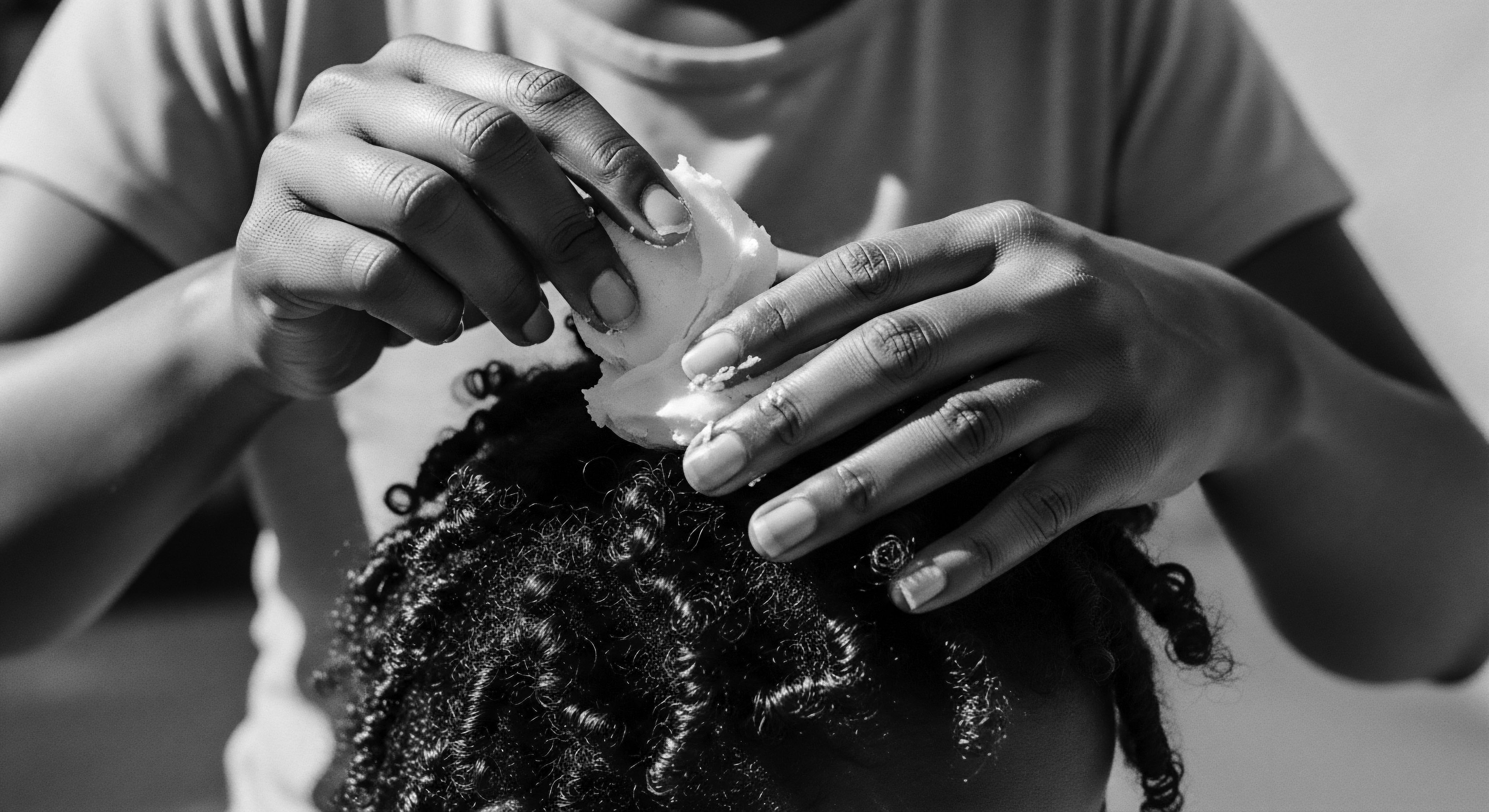
How do sleep rituals protect textured hair?
Sleep rituals protect textured hair by reducing friction and retaining moisture, a practice deeply rooted in ancestral Black hair heritage and resilience.
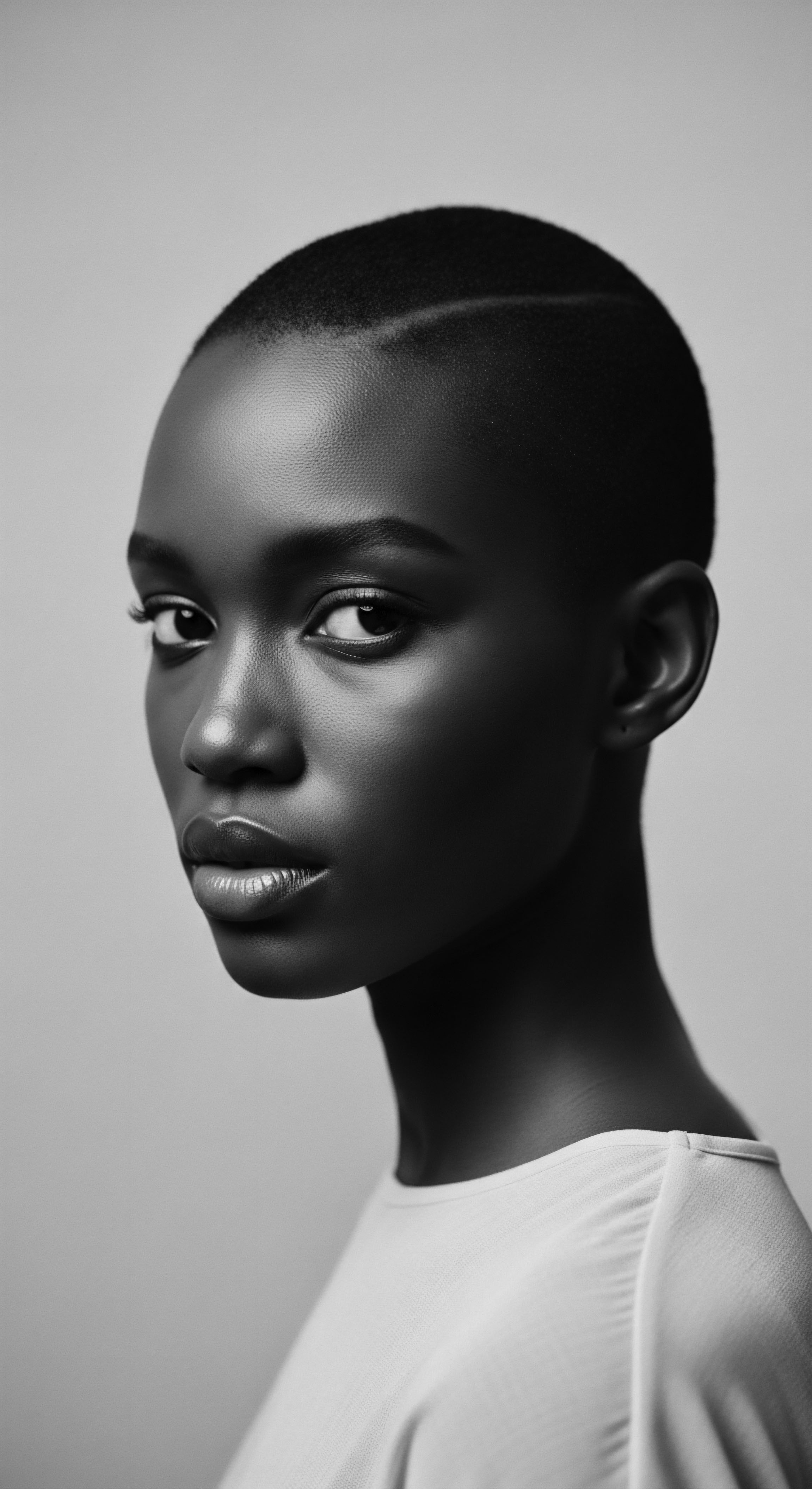
Which fabrics best guard coils?
Silk and satin fabrics, due to their smooth, non-absorbent qualities, best guard coils by minimizing friction and preserving ancestral moisture within textured hair strands.
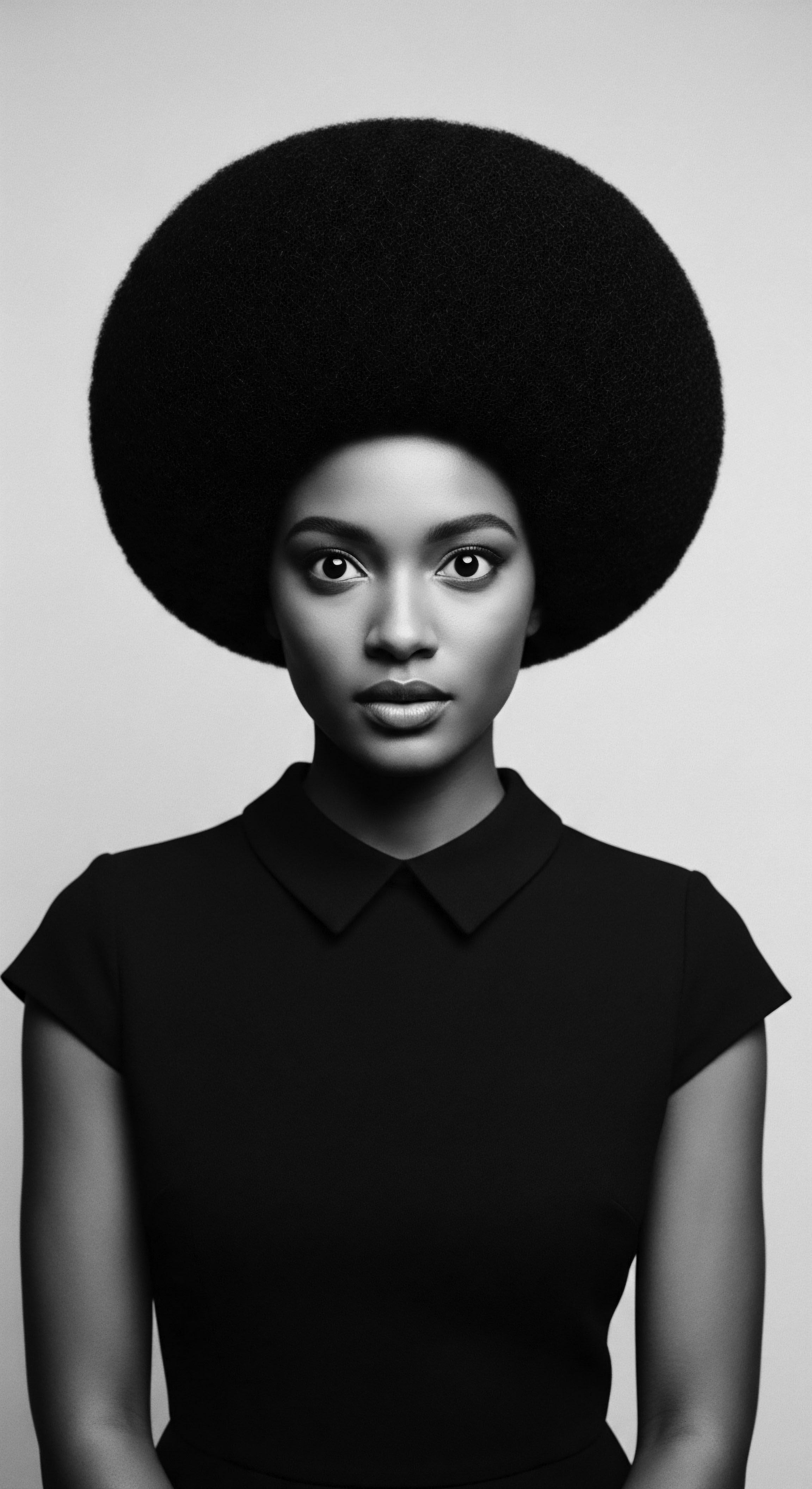
What is the scientific basis for protecting textured hair at night?
Protecting textured hair at night minimizes friction and moisture loss, preserving its ancestral strength and beauty.
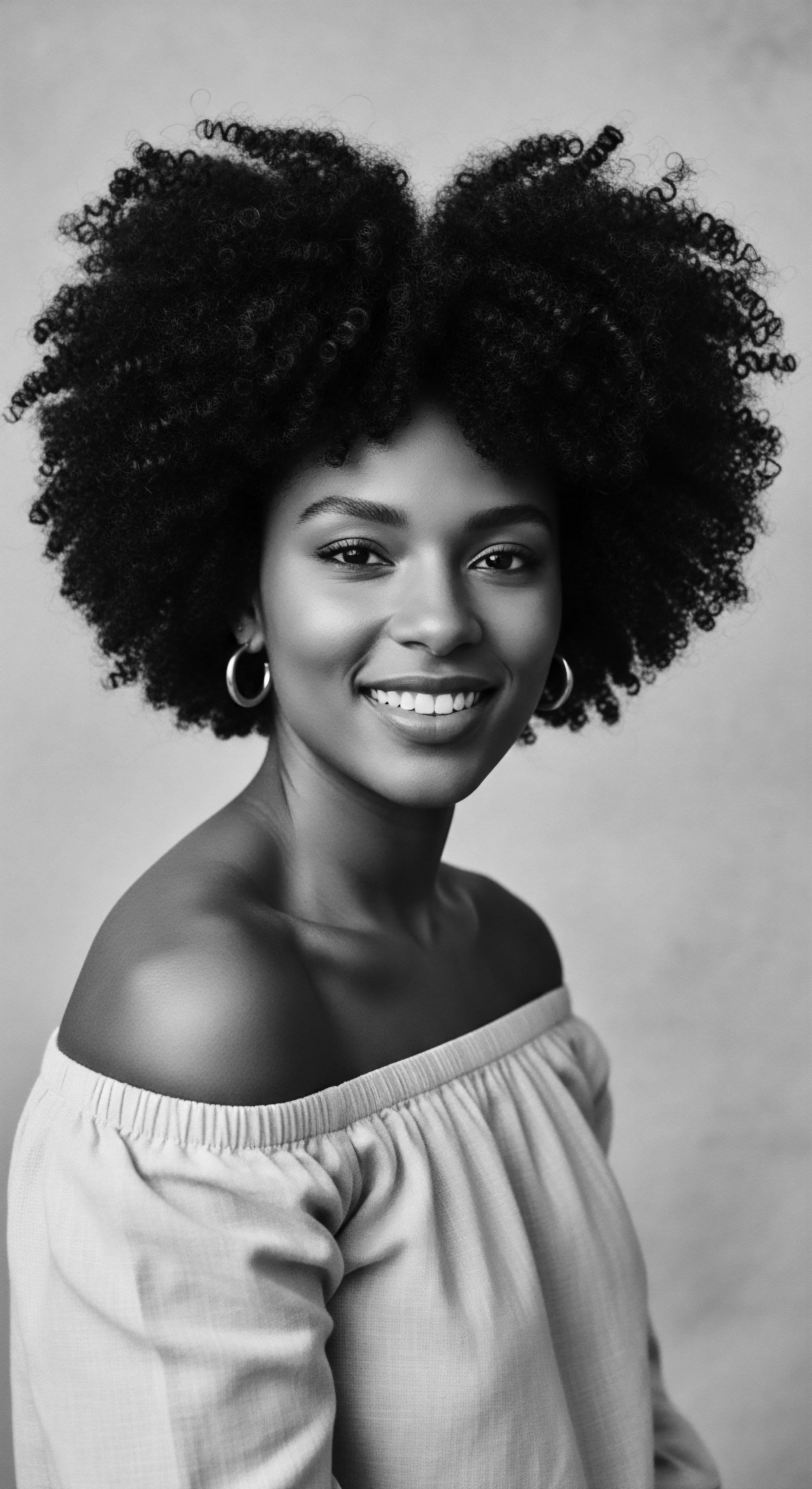
Can cotton pillowcases cause damage to textured hair?
Cotton pillowcases can damage textured hair by creating friction and absorbing moisture, a modern challenge echoing ancient protective traditions.
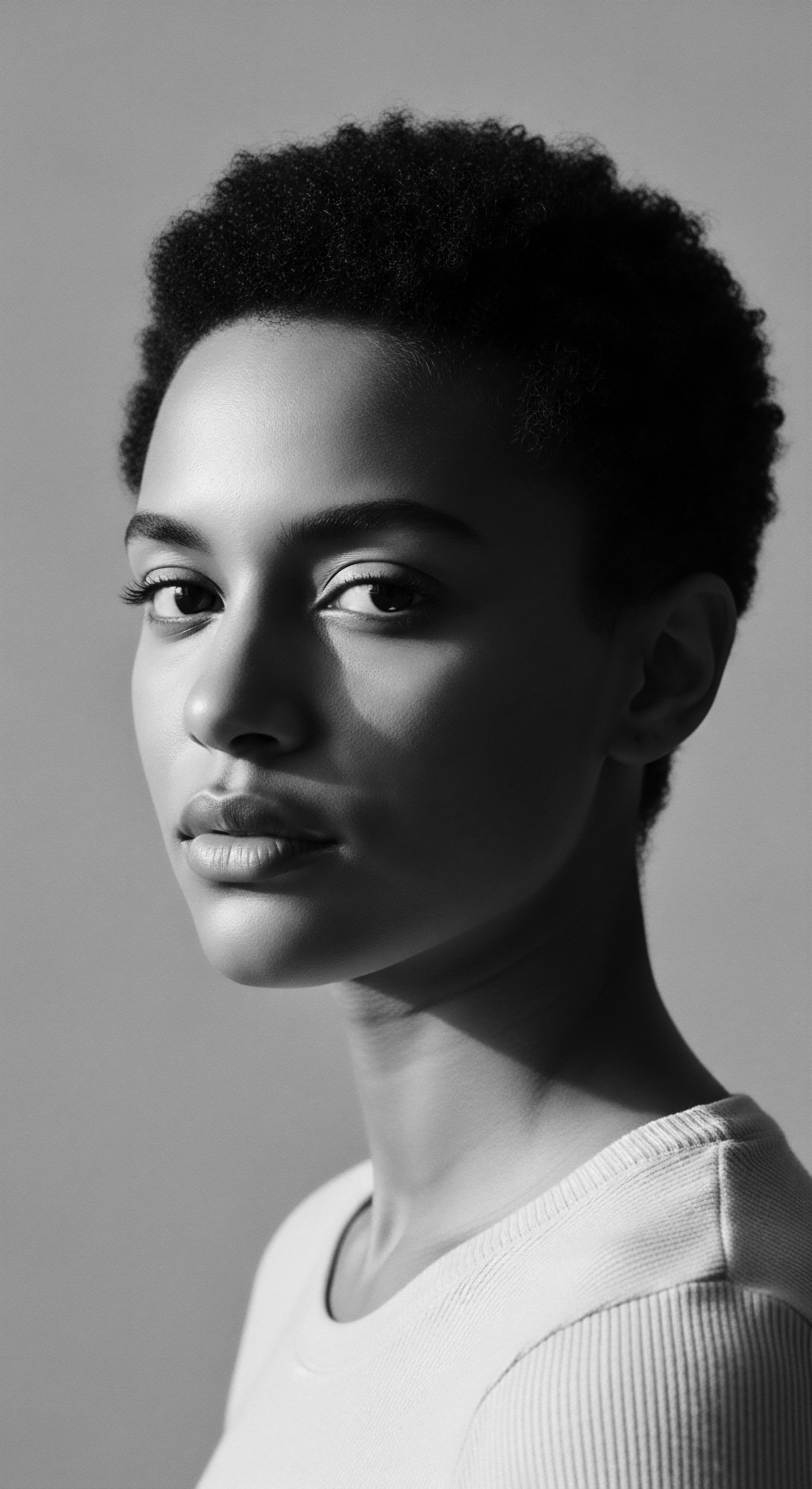
How do smooth fabrics help textured hair?
Smooth fabrics reduce friction and moisture loss, validating ancestral hair protection methods deeply rooted in textured hair heritage.
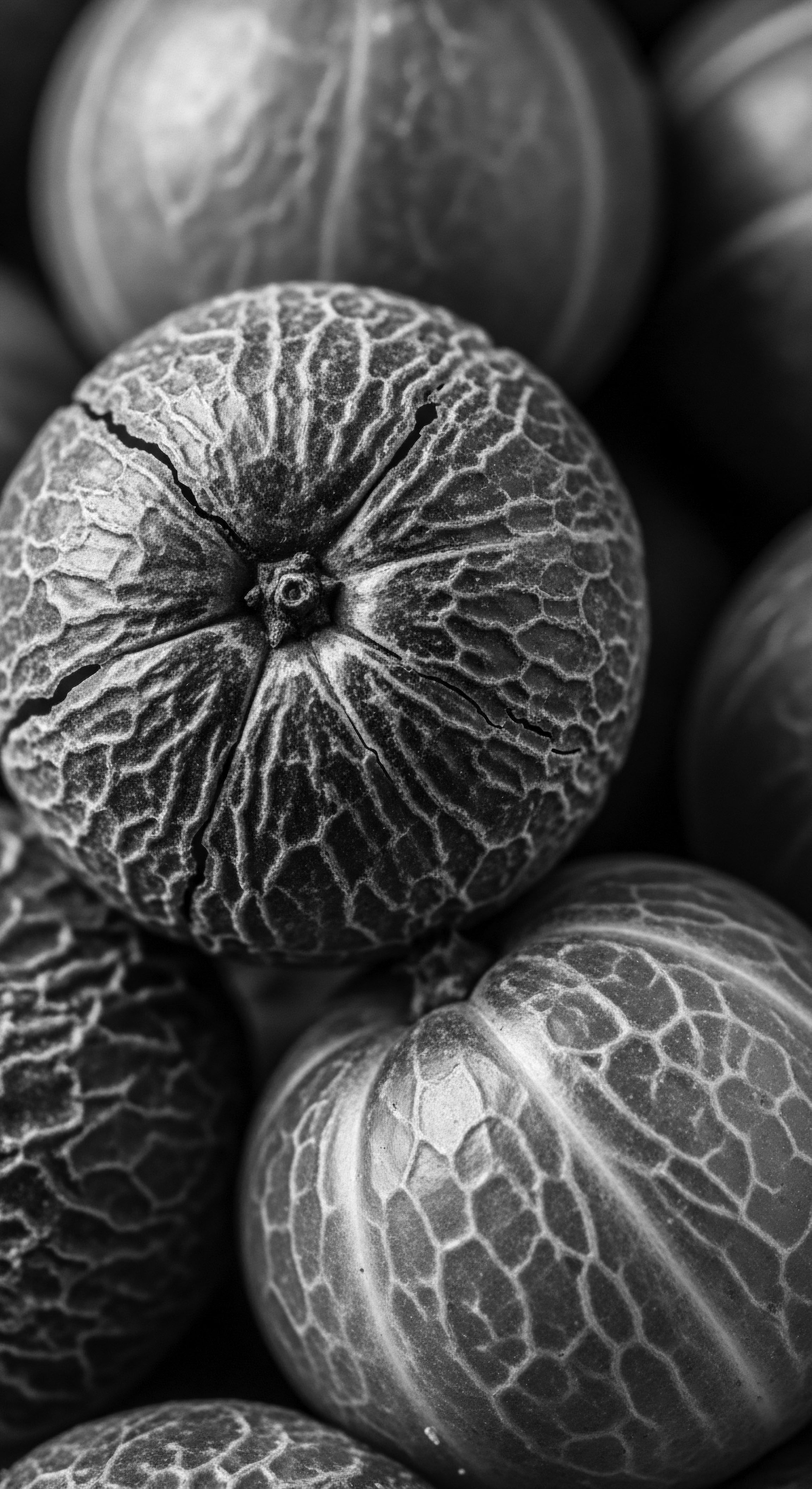
Silk Pillowcases
Meaning ❉ A silk pillowcase is a sleep surface that protects textured hair from friction and moisture loss, extending ancestral hair care traditions.
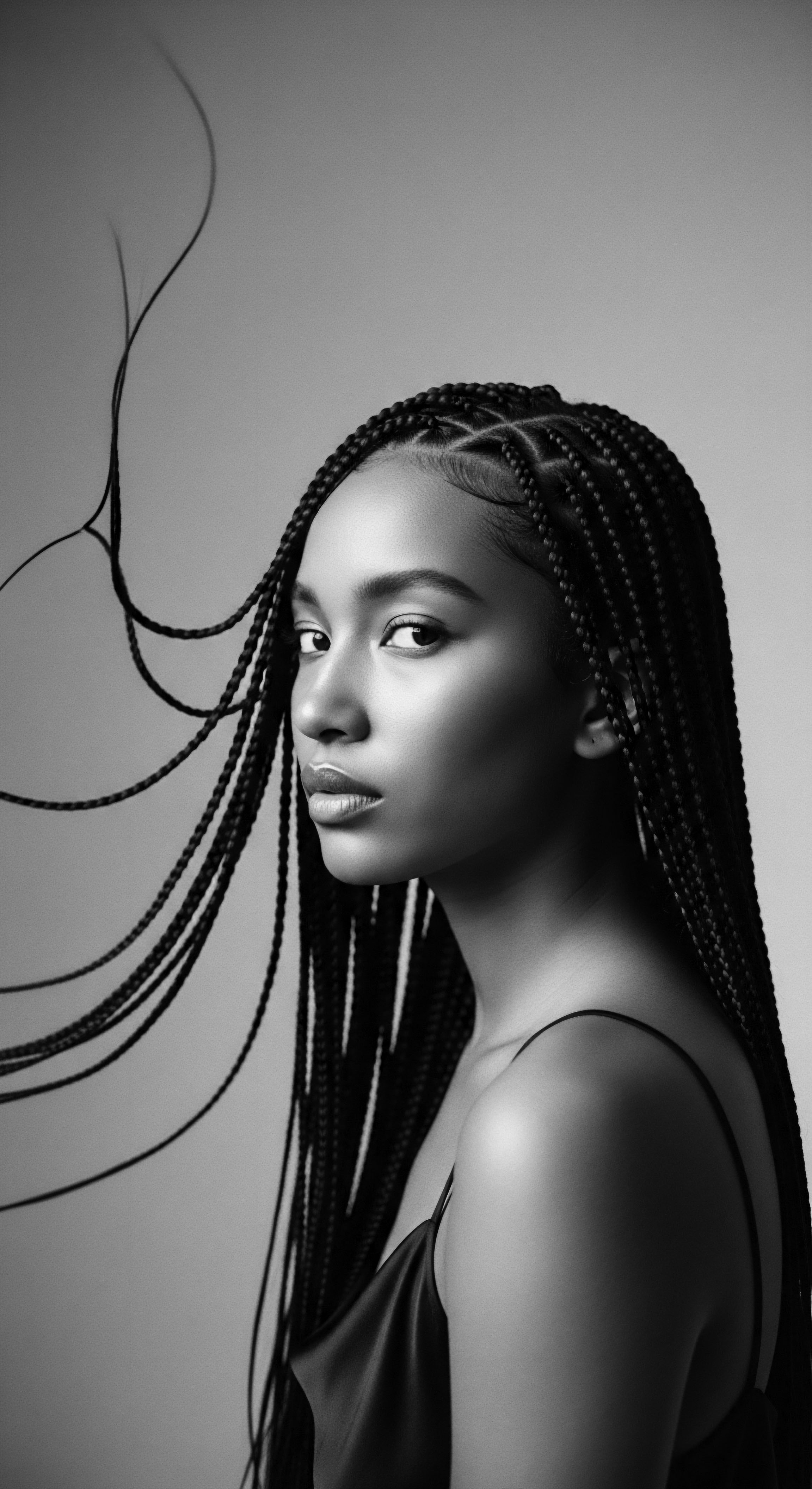
How do night coverings safeguard textured hair?
Night coverings safeguard textured hair by reducing friction and preserving moisture, a practice deeply rooted in ancestral care traditions.

